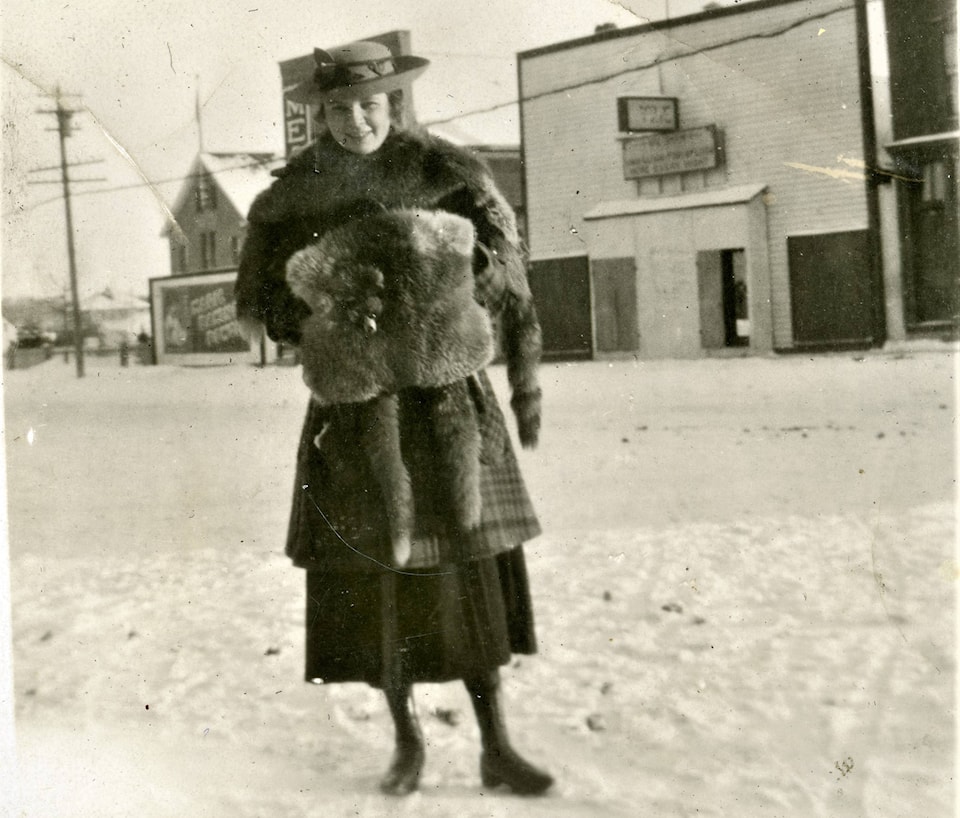Another New Year will soon be upon us. However, after the incredible year just experienced, with a global pandemic and severe economic hardships for many, almost everyone is likely looking to 2021 with a fair amount of trepidation. While there is a sincere hope that the coming year will be better, after so many unprecedented events in the past year, people are afraid that there may well be several significant challenges in the months ahead.
A similar situation occurred just over 100 years ago, as the residents of Red Deer and area faced the New Year of 1920.
The community had just come through an incredible period of tragedy and economic hardship. The First World War finally came to an end in November 1918 after four horrific years. More than 850 young men had enlisted to serve in the war. A hundred and eighteen people lost their lives. A great many veterans came back with significant wounds to their bodies and/or their minds.
So many veterans returned suffering from what was known as “shell shock,” now referred to as PTSD, that the large Alberta Ladies College building on Red Deer’s East Hill was converted into a special hospital or “soldiers’ sanatorium” for the most severe cases.
When the veterans began to return from overseas in the fall of 1918, many were ill with the Spanish influenza. This devastating disease quickly spread through the general population, creating one of the very worst pandemics in world history. In Red Deer and area, 54 people, many of them young adults, succumbed to the ‘flu. Several of those who “recovered” faced significant health issues for the rest of their lives.
The war effort was largely financed with unprecedented levels of debt. As the war drew to a close, the worst inflation in Canadian history set in. That was soon followed by a very rapid plunge into economic depression.
With massive local unemployment and with many veterans suffering significant health challenges, the debt-ridden governments, federal, provincial and municipal, found themselves unable to cope. Many people relied on small “relief” payments, of as little as $50 per month from the national Patriotic Fund and other charities, to avoid complete destitution.
To compound the misery, one of the worst winters on record commenced in the early fall of 1919. Many farmers found themselves unable to get much of their crops harvested. With the subsequent shortage of feed, on top of the severe cold and heavy snows, many ranchers and farmers faced massive losses of livestock.
Despite the extreme and widespread distress, as 1920 got underway, some surprising glimmers of hope began to appear. New cases of ‘flu became very rare. Severe food shortages in worn-torn Europe brought a rapid increase in prices for agricultural produce. While crops had been poor and losses of livestock high, what local ranchers and farmers were able to sell fetched some very lucrative returns.
The new Canadian National Railway, created by the federal government after the bankruptcy of the transcontinental Canadian Northern and Grand Trunk Pacific Railways, announced plans to build a long-delayed branch line into Red Deer. This would help to secure Red Deer’s position as a regional transportation hub.
Moreover, Alberta Government Telephones took over the nearly bankrupt local Western General Telephone Company. The new exchange building, and other major investments by A.G.T, were a boom to the local economy. It also improved Red Deer’s role as a communications centre.
Hence, despite all the devastating hardships, people did manage hopeful wishes for a “Happy New Year” for the coming 1920.
Red Deer historian Michael Dawe’s column appears Wednesdays.
